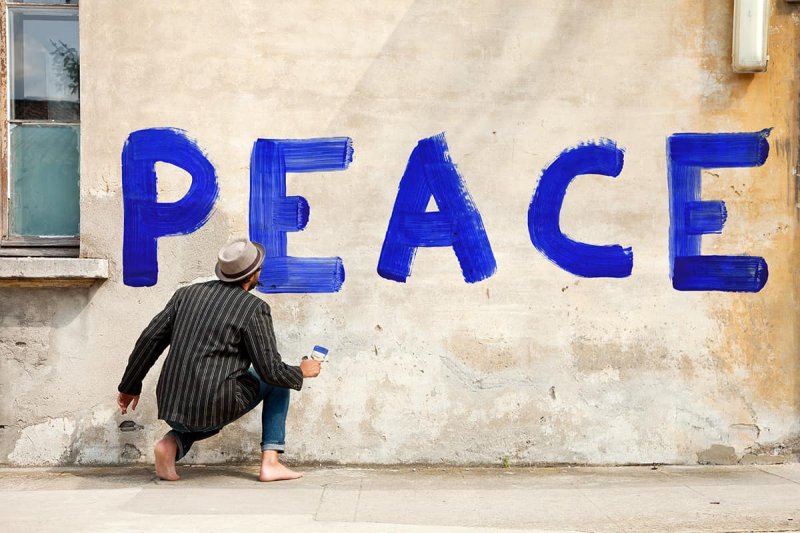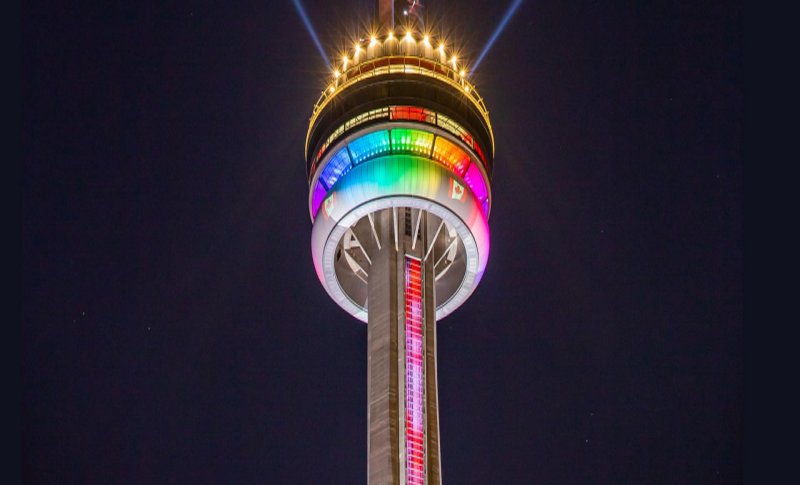Every year, the Institute for Economics and Peace (IEP) releases its Global Peace Index (GPI), a meticulously researched report that assesses the state of peace across the globe. The GPI analyzes a wide range of factors, from internal conflict and societal safety to militarization and international relations, ultimately ranking 163 independent states and territories according to their level of peacefulness.
The 2025 edition of the GPI has recently been published, providing a snapshot of the world's safety landscape and highlighting significant shifts in national rankings. While smaller nations consistently top the list, the 2025 GPI reveals some concerning trends and striking disparities, particularly when comparing Canada and the United States.
Canada's Performance in the 2025 GPI
Canada has long been recognized as a relatively peaceful nation, consistently ranking high in the GPI. In the 2025 edition, Canada maintains a strong position within the top 15 safest countries globally. This reflects Canada's overall stability, robust social safety nets, and generally low levels of internal conflict. However, the GPI also highlights specific areas where Canada's peacefulness has seen a slight decline.
Areas of Concern for Canada
While Canada's overall ranking remains positive, the 2025 GPI identifies two key areas where the country is experiencing a deterioration in peacefulness: violent crime and relations with the United States.
- Violent Crime: An increase in reported incidents of violent crime across various regions of Canada has contributed to a slight weakening of the country's overall score. This trend is concerning and warrants further investigation to understand the underlying causes and implement effective preventative measures. Factors potentially contributing to this include socioeconomic disparities, mental health challenges, and the availability of firearms. Addressing these issues proactively is crucial to maintaining Canada's reputation as a safe and secure nation.
- U.S. Relations: The GPI also flags the increasingly strained relationship between Canada and the United States as a factor impacting Canada's peace score. While historically close allies, recent years have witnessed growing tensions between the two countries on issues ranging from trade and environmental policy to foreign policy and security. This shift in the bilateral relationship contributes to increased uncertainty and potentially undermines regional stability.
Despite these challenges, Canada's continued presence in the upper echelons of the GPI underscores its commitment to peace and security. However, it also serves as a reminder that maintaining a peaceful society requires ongoing effort and vigilance, particularly in addressing emerging threats and managing complex international relations.
The United States: A Concerning Decline in Peacefulness
In stark contrast to Canada, the United States finds itself significantly lower in the 2025 Global Peace Index, landing at 128th position. This places the U.S. squarely in the "low" peace category, between Kenya and Ecuador, highlighting a substantial gap in safety and security between the two North American neighbors. This low ranking for the United States reflects a confluence of factors that have contributed to a decline in peacefulness over the past decade.
Factors Contributing to the U.S.'s Low Ranking
Several key factors contribute to the United States' low ranking in the 2025 GPI:
- High Levels of Violent Crime: The United States has a significantly higher rate of violent crime compared to other developed nations. This includes gun violence, homicide, and aggravated assault. Easy access to firearms, socioeconomic inequalities, and systemic issues within the criminal justice system all contribute to this pervasive problem.
- Political Polarization and Social Unrest: Deepening political polarization and increasing social unrest have become defining features of American society. Divisive rhetoric, ideological clashes, and a lack of consensus on key issues have contributed to heightened tensions and, in some cases, violent confrontations.
- Internal Conflict and Instability: The U.S. has experienced a rise in internal conflict and instability in recent years. This includes incidents of political violence, mass shootings, and civil unrest. These events contribute to a sense of insecurity and undermine social cohesion.
- Militarization and Military Spending: The United States has the highest military expenditure in the world, and its levels of militarization also contribute to its lower ranking in the GPI. While a strong military is seen as essential for national security, excessive militarization can contribute to a culture of violence and increase the risk of international conflict.
A Canyon of Difference: The Stark Contrast Between Canada and the U.S.
The significant difference in the GPI rankings between Canada and the United States underscores the contrasting approaches to peace and security in the two countries. Canada's emphasis on social welfare, gun control, and diplomacy, coupled with its relatively low levels of political polarization, contribute to its higher level of peacefulness. In contrast, the United States grapples with high rates of violent crime, political division, and a culture of militarization, resulting in a significantly lower ranking.
The "canyon" between the two countries in the GPI highlights the urgent need for the United States to address the underlying factors contributing to its low level of peacefulness. Meaningful reforms in areas such as gun control, criminal justice, and social welfare, coupled with efforts to bridge political divides and promote social cohesion, are essential to improving the safety and security of American society.
Implications for the Future
The 2025 Global Peace Index provides valuable insights into the state of peace around the world. While Canada remains a relatively safe and peaceful nation, the GPI also highlights areas where improvement is needed. The stark contrast between Canada and the United States serves as a reminder that peace is not a given, but rather a continuous process that requires ongoing effort and commitment. For the United States, the low ranking serves as a wake-up call, highlighting the need for comprehensive reforms to address the root causes of violence and instability.
Ultimately, creating a more peaceful and secure world requires a collective effort from individuals, communities, and nations, working together to address the underlying causes of conflict and promote a culture of peace. Understanding the factors that contribute to or detract from peace is crucial for shaping policies and promoting a more harmonious and secure future for all.
See more info here Global-Peace-Index-2025-web.pdf
Word Count: 1,079

Alex Moss
Alex Moss is a digital marketing professional and SEO consultant, focusing on technical and structural SEO along with product development. With more than six years of experience in various facets of digital marketing, he has assisted brands of all sizes in establishing and enhancing their online presence, as well as fostering increased product loyalty.






Leave a comment?
To write a comment, you must login or register first.